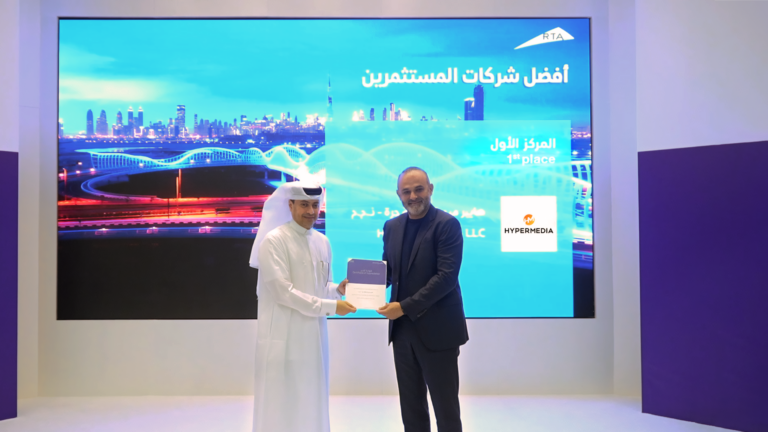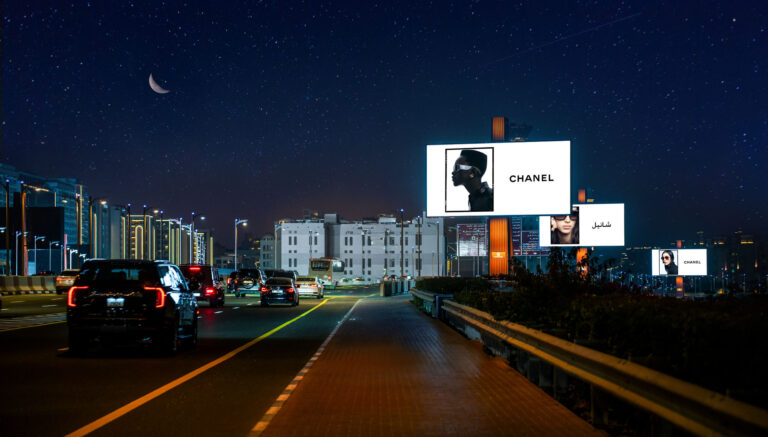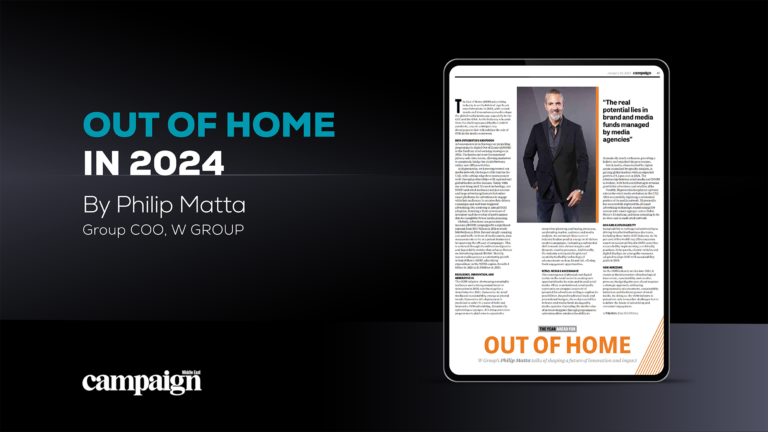By Philip Matta, CEO at Hypermedia

Hypermedia’s CEO Philip Matta highlights to Campaign Middle East magazine why luxury brands are turning to Out-of-Home (OOH) for impact.
It takes a lot to redefine advertising in the context of digital today. For luxury brands, a new era dawns for OOH. Without a doubt, DOOH has become the preferred channel to make the most impact and connect and captivate consumers at scale.
The launch of premium digital screens and unipoles provides luxury brands with a way to craft dynamic experiences that capture immediate attention. Beyond maximizing brand visibility, the move from static to interactive allows for more engaging and effective content delivery, targeted at an affluent audience in premium locations.
Coupled with the ability to make real-time updates and provide contextual relevance modeled to consumer behavior to understand targeted mobility and minimize lost exposure, it’s clear that a new standard in luxury advertising has arrived.
Where to invest in luxury DOOH
OOH advertising spend is forecast to hit US$434.90m in the GCC this year, while global OOH advertising figures reached $41.9bn in 2023, up 16 percent on 2022’s $36.2bn. OOH now accounts for 5.2 percent of global ad expenditure, up from 2022’s 4.7 percent.
Truly, it shouldn’t be viewed as just an advertising opportunity, but rather as a gateway to making a resounding statement, boosting brand presence, positioning, and maximising ROI in a less cluttered environment.
This is particularly important from a luxury perspective, too, as premium positioning is key; they won’t compete for space. Luxury brands want a sense of ownership and dominance to stand out from all the clutter, ensuring their brand message clearly reaches a specific, affluent audience.
Dubai is well placed to capitalize on this, not only because of its advanced digital infrastructure but also because it’s home to some of the wealthiest neighborhoods in the world. If you look at something like the Palm Jumeirah, beyond the usual markers of luxury, it is itself an iconic feat of ingenuity and innovation.
The man-made island offers the ultimate in luxury island living, with huge potential to attract, target, and capture high-net-worth individuals at key strategic locations. The Palm Jumeirah has over 35,000 residents, with the highest concentration of millionaires in some residences worth around AED 300 million. Hospitality is also thriving, with 20+ luxury hotels and 11 Michelin-starred restaurants, further driving up the affluent demographics of this premium destination.
With this in mind, the design and placement of these digital screens need to strike a balance between minimizing disruption to the neighboring environment while still being alluring enough to elevate the user experience at every touchpoint.
There’s also the sustainability aspect to consider, particularly when trying to implement this as a standard at the industry level. We’re focused on promoting sustainable growth through all our energy efficient solutions, pioneering new ways for premium brands to make an impact, and reducing our carbon footprint.
DOOH’s high-tech, modern billboard formats are sleek, elegant, and sophisticated; their size and quality screens are a huge advantage in achieving maximum visibility while using data-driven insights to ensure audience relevance at every moment.
You don’t have to imagine the possibilities. To me, they are endless.


